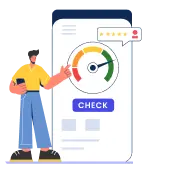Demand Draft also called DD is a way to initiate transactions from one bank to another. It is a negotiable instrument that guarantees payment of a specific amount of money to the specified payee.
Demand draft is only issued by the bank and one cannot issue a DD on an individual level. It is majorly issued in cases where parties are unknown to each other. The bank (drawee) issues demand draft to a client (drawer) to pay the specified amount of money to the specified person (payee).


